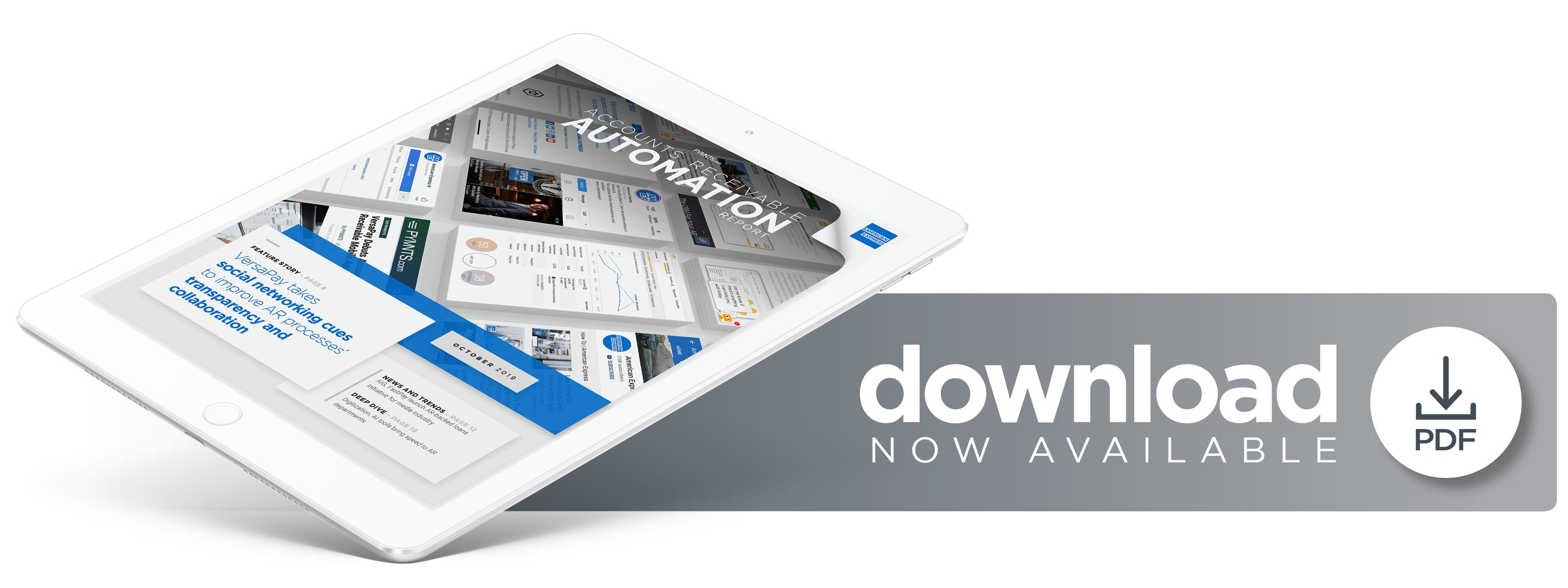The physical nature of paper-based invoices poses a challenges for recipients looking to quickly, effectively and affordably process them. Each of these invoices costs businesses $16 to $22 to process, and PYMNTS research found that 72.4 percent and 43.8 percent are delivered via postal mail and fax machines, respectively. These practices thus represent one of the most common accounts receivable (AR) frictions.
Customer relationship management (CRM) systems can help businesses keep track of vendors’ preferred payment methods and transaction histories, but they are not a perfect fix. CRM systems might indicate that transactions have been fulfilled even if vendors experience payment problems on their ends, leading to complications when resolving disputes.
Analog processes present challenges for buyers and sellers looking to communicate AR issues, according to Craig O’Neill, CEO of FinTech VersaPay. The company’s VersaPay Arc solution addresses this by making AR more collaborative and providing greater transaction transparency for all parties. PYMNTS recently spoke to O’Neill about how the company took cues from social media platforms to address key AR pain points.
“By and large, the AR process is very inwardly focused, which sounds kind of strange because it’s about collecting money from customers,” he explained. “It really doesn’t do a good job of communicating with, collaborating with or solving problems for customers.”
When AR Meets Social Networking
Advertisement: Scroll to Continue
Invoice charges that are not clearly outlined create pain points for buyers by forcing them to contact sellers for clarification. VersaPay Arc solves this with a “customer-centric” AR approach, providing a collaborative environment through which sellers can more easily connect with their buyers and help them better understand the charges outlined in their invoices. It acts as “a hybrid of a CRM system and a social network,” O’Neill noted.
“It’s partly CRM in that, within our partners and our clients, everybody who touches the customer can share information and solve problems together in a seamless, natural way,” he explained. “It’s a little bit like a social network in terms of bridging the gap between buyer and supplier.”
Sellers can use the platform to automatically generate invoices, update payment statuses and communicate directly with customers if they have questions or concerns about recent transactions, and both parties can view payment histories and breakdowns of charges incurred and for what purposes. O’Neill compared VersaPay Arc to the professional social network LinkedIn, because it provides users with more convenient communication tools, such as notifications and email alerts regarding their invoice activities. It also enables them to speak on a central platform if any questions arise and informs them if they have earned credits that can be applied to outstanding balances.
Bringing buyers and sellers together on a common platform opens lines of communication that could not exist with paper invoices. Such offerings provide partners with greater transparency into the AR process and removes many common frictions, O’Neill noted.
“The customer can interact with [the seller] and can see a history of interactions,” O’Neill said. “All of the back-and-forth Q&A about the payment is right there.”
Replacing Paper With Automated AR
An ecosystem in which buyers and sellers can collaborate and use automated tools to generate invoices will go a long way toward encouraging AR departments to shift away from paper-based invoices, O’Neill explained, as they might not be clear to both sides of a transaction and could cause ample pain points.
“There’s a natural friction [in] dealing with paper,” he said. “It’s like speaking different languages.”
O’Neill shared an example of a project manager who received a paper check that bounced when he tried to deposit it. The manager attempted to contact the buyer to resolve the problem, but the latter’s CRM system showed that the check had been issued and the transaction completed. That system then generated a new invoice for the completed transaction instead of reissuing the check, sparking further confusion.
Digital platforms that provide automation, fluid communication and access to payment portals can provide clarity to AR practices. O’Neill explained that part of the communication breakdown is that sellers do not spend enough time thinking about how to provide seamless digital experiences. Automated AR tool adoption begins with sellers realizing that most buyers prefer online interactions, he explained, adding that they must then deliver customer experiences that make both parties happy. Sellers often get so focused on day-to-day challenges, such as processing volumes of paper checks, that they overlook the importance of customer-facing investments.
“It’s too compartmentalized,” O’Neill said. “Part [of the problem for sellers] is thinking beyond boundaries, thinking, ‘What can I do to offer customers a great online experience they would use?’ That’s a question that is not being asked enough.”
Providing digital payment options that include more seamless opportunities for buyers and sellers to communicate could go a long way toward improving AR experiences, O’Neill noted, adding that clearer communication channels could make payment processes second-nature.
“The magic is in the collaboration and information versus purely the payment,” he said. “While payment is the end goal, it is also incidental. If you make it easy and a pleasure to use the tool to collaborate, the payment part becomes a natural extension of that.”
Communication is vital for any relationship to remain successful. This social media-inspired automation approach could be key to encouraging buyers and sellers to collaborate on transactions. These solutions could also help many departments embrace digital invoice innovations and shift away from dated paper-based practices.




